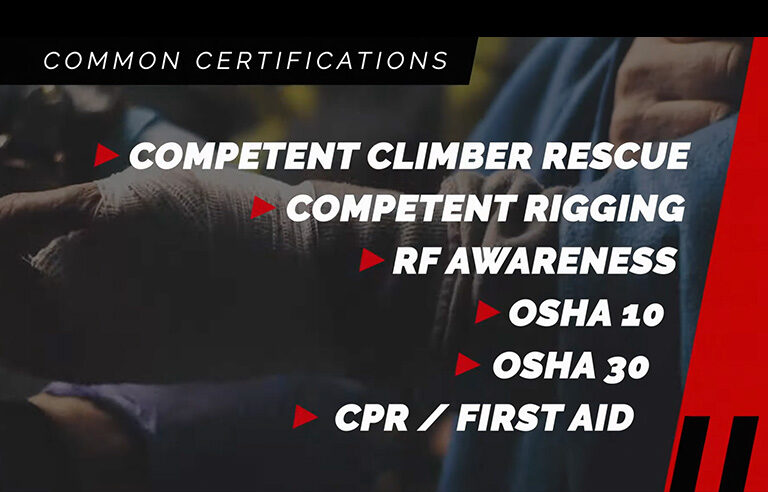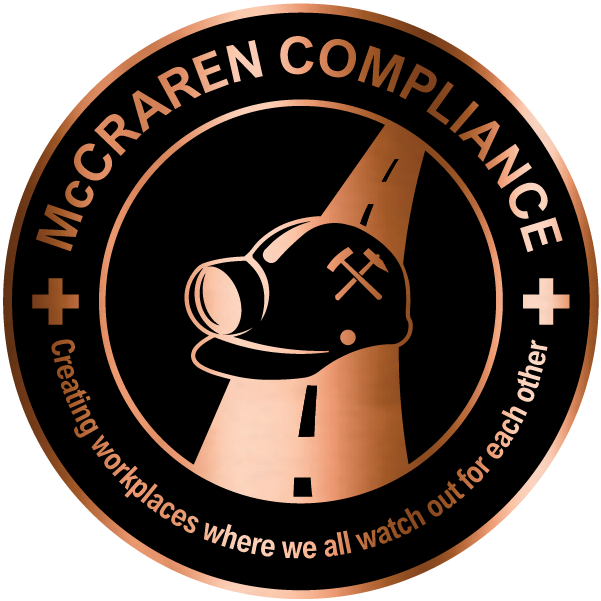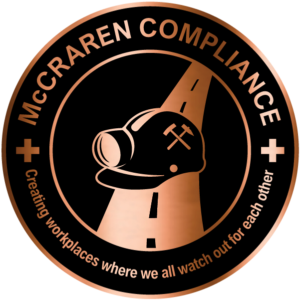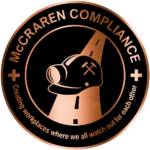
Watertown, SD — Communications tower industry stakeholders concerned about possible fraudulent worker training certifications can use technology as a screening tool, according to a new video from NATE: The Communications Infrastructure Contractors Association.
During the four-minute video, Ben Bowman, vice president of training services at Safety LMS and Comtrain, tells host Sean Gilhooley that some employers cut corners to save money on training. “This may include editing current certifications in place of providing correct training for their employees,” he adds.
To combat this, Bowman recommends adding a validation code to certifications. This practice allows site managers to search using a QR code or the training provider website and “ensures the certificate actually belongs to the person that’s holding it.”
Bowman also encourages employers to audit training providers before working with them.
“Certifications are critical to ensure safety in our industry,” Gilhooley says in the video, “so let’s make sure they’re legit.”
The video highlights common climber certifications. “As a climber, you have the right to be trained for any task that you’ll be performing at no cost to you,” Gilhooley says. “As you complete each training, insist on getting copies of the certification so you can provide them to anyone who asks for them.”
The video is the most recent installment in NATE’s Climber Connection series, which promotes safe work practices for communication tower workers. The association encourages climbers and other industry stakeholders to use the hashtag #ClimberConnection when posting the video on social media platforms.
McCraren Compliance offers many opportunities in safety training to help circumvent accidents. Please take a moment to visit our calendar of classes to see what we can do to help your safety measures from training to consulting.
Original article published by Safety+Health an NSC publication


